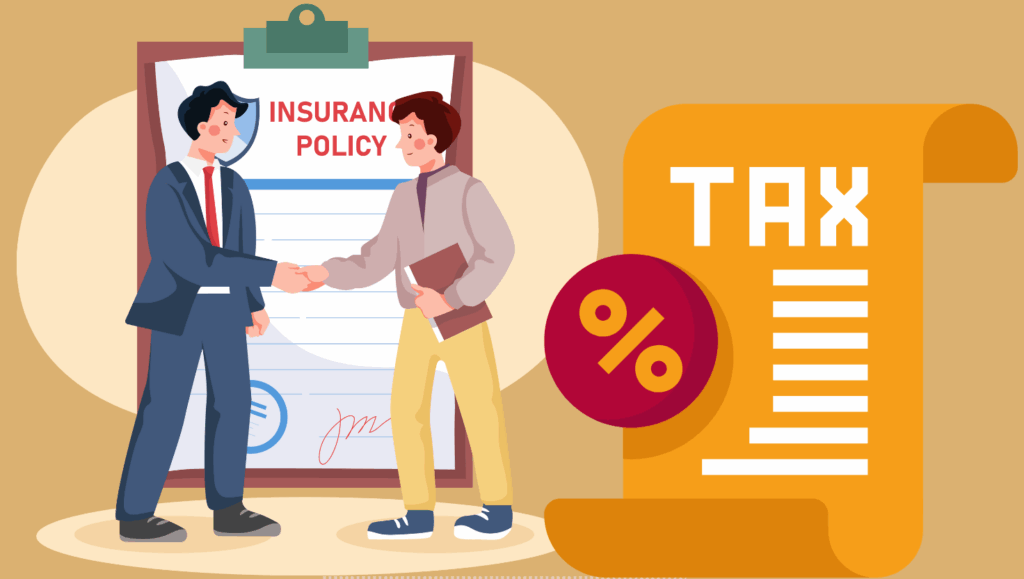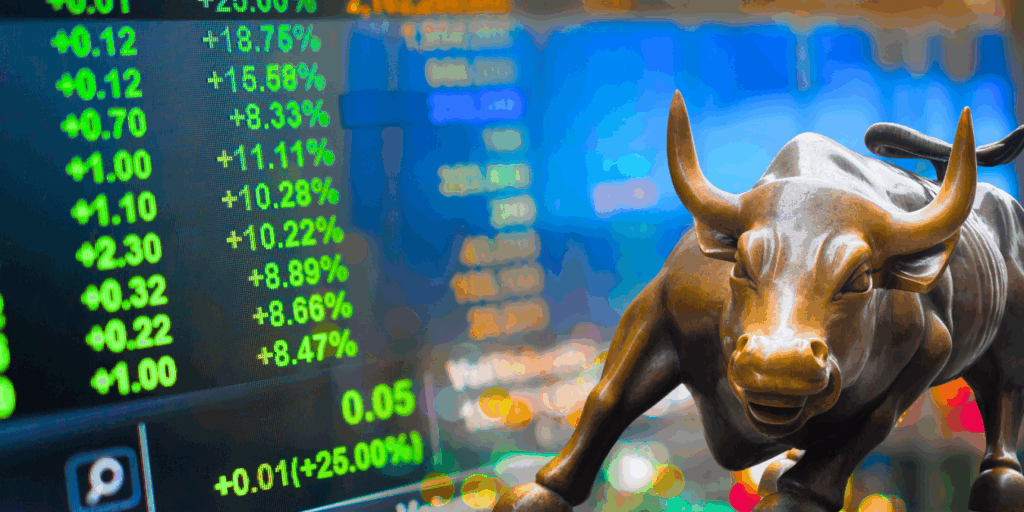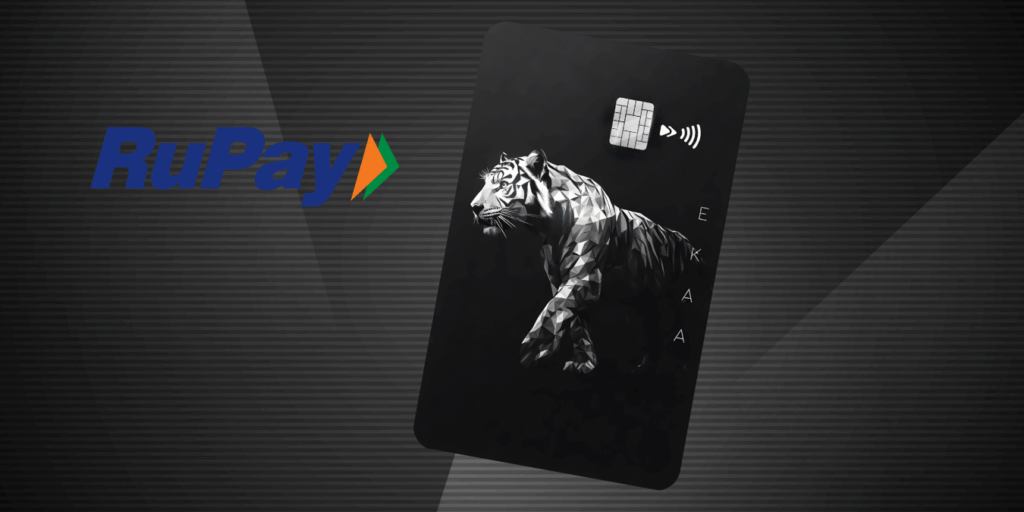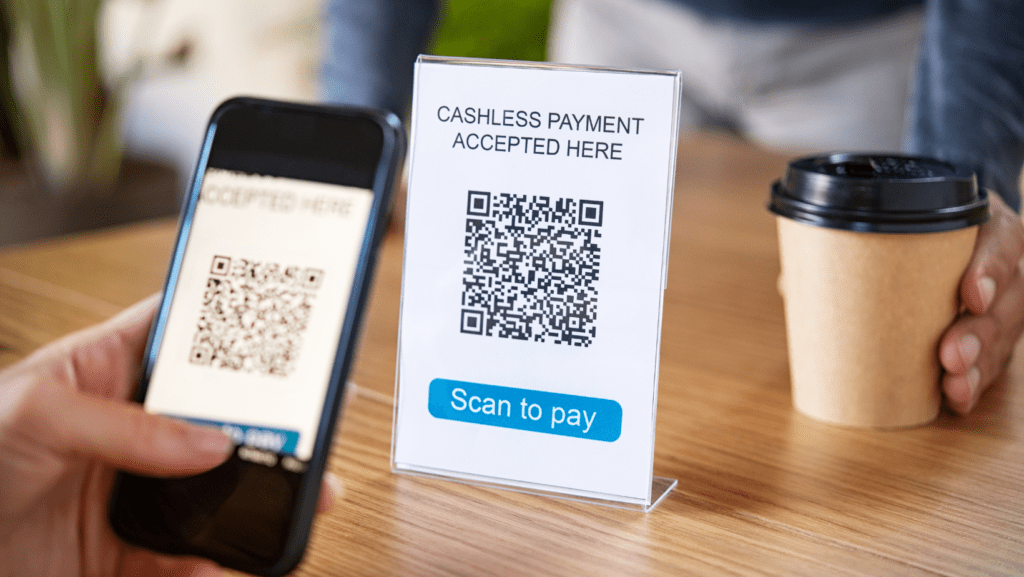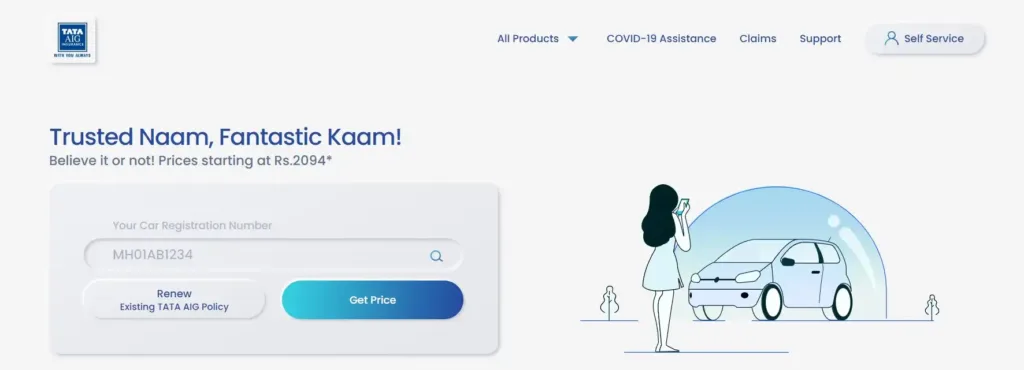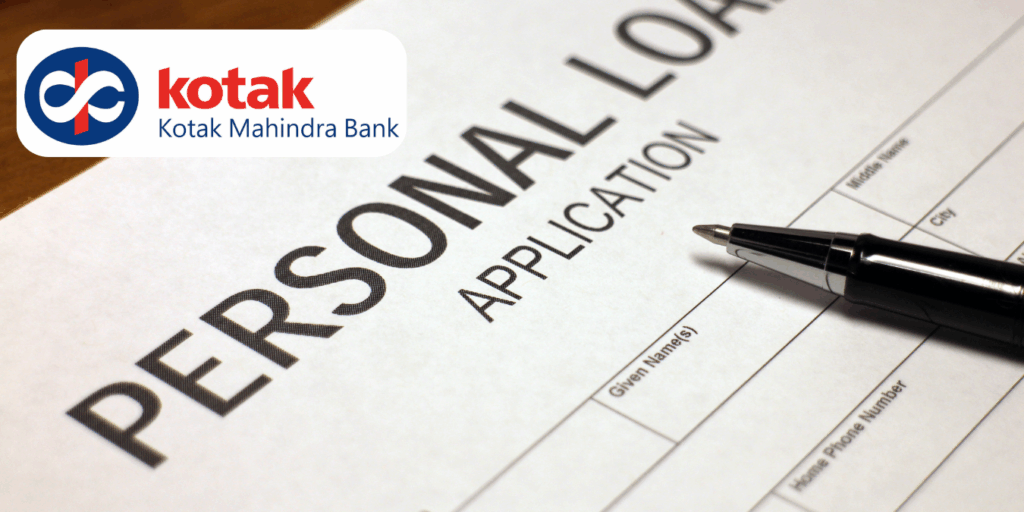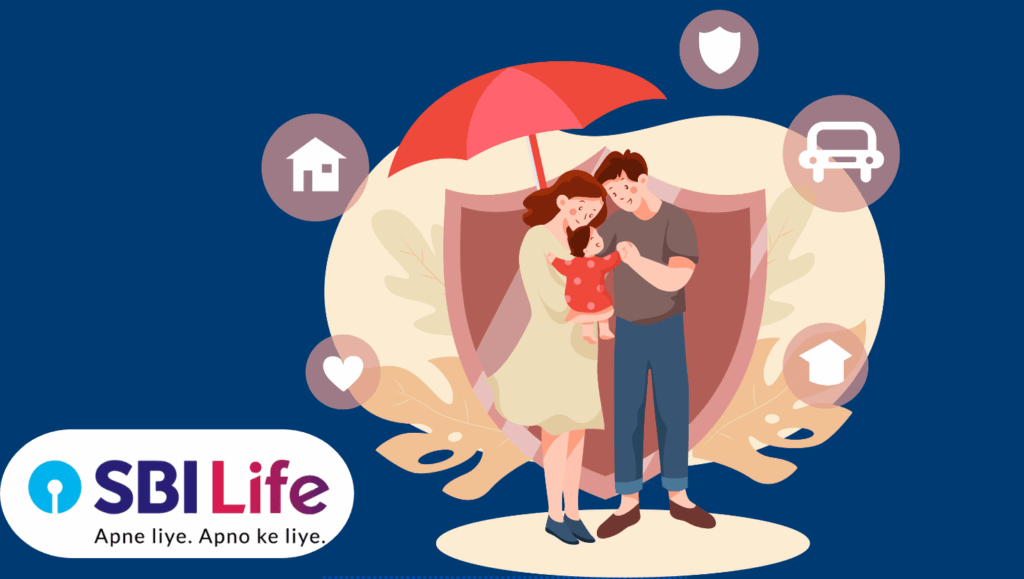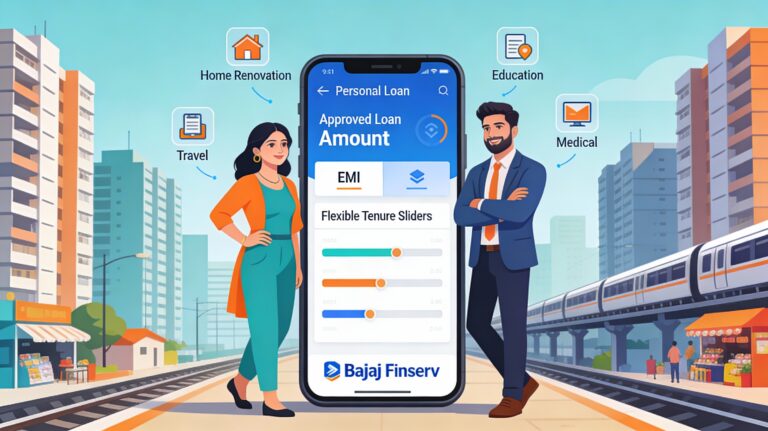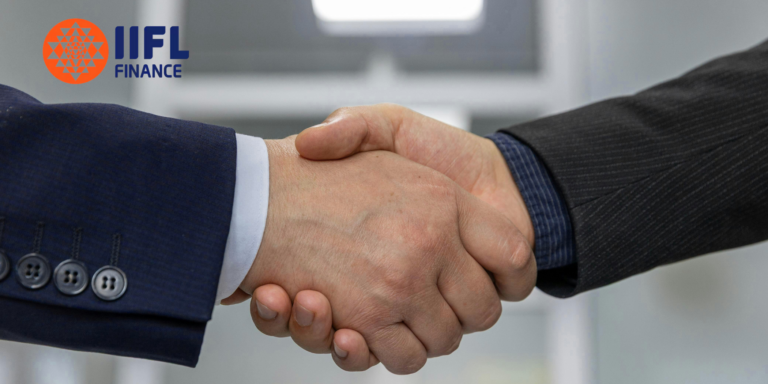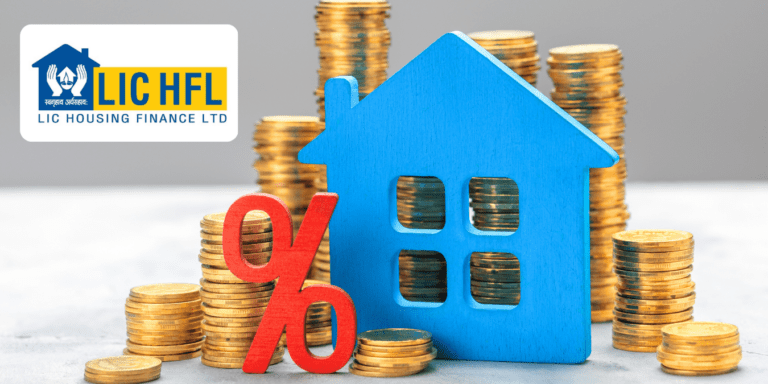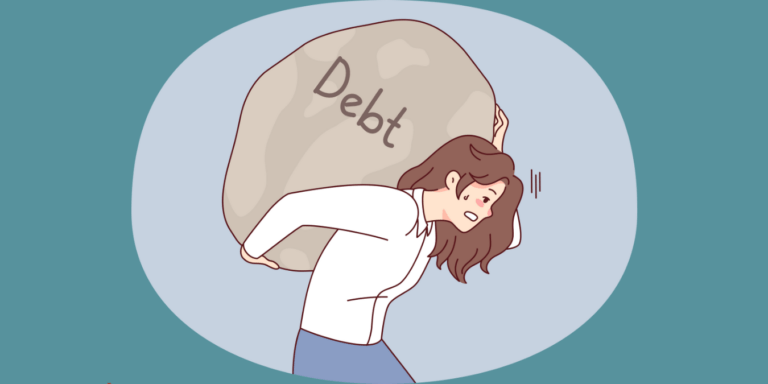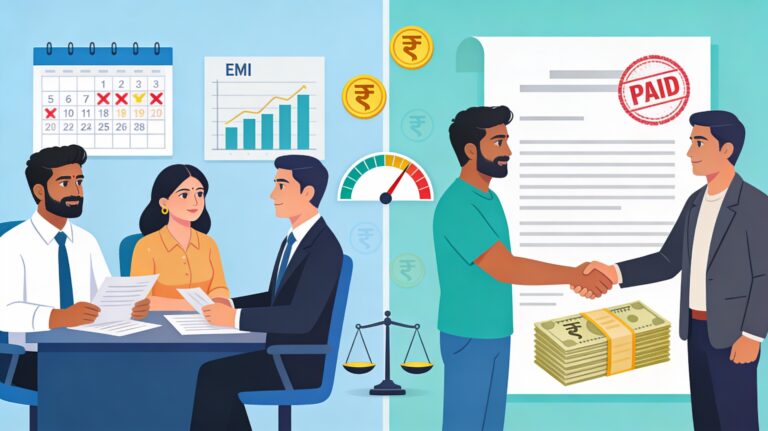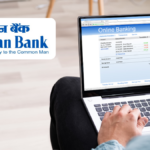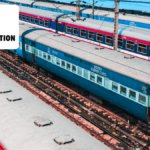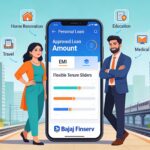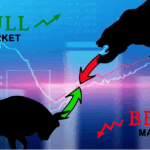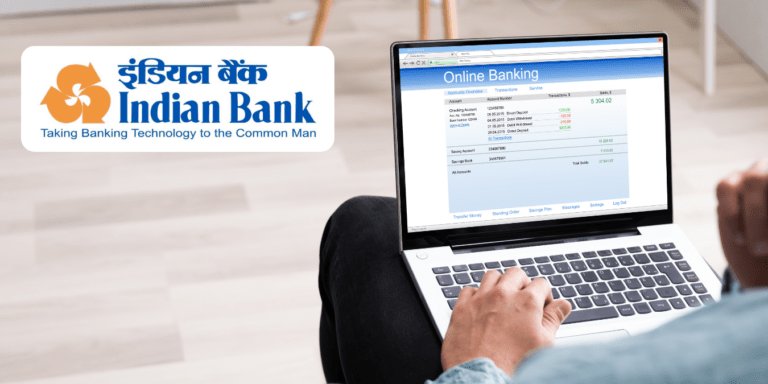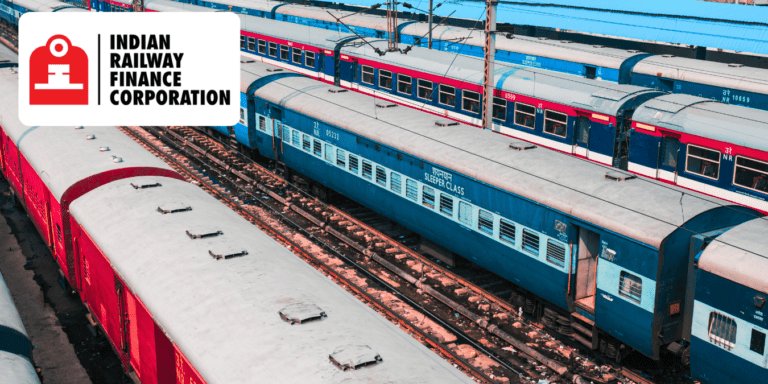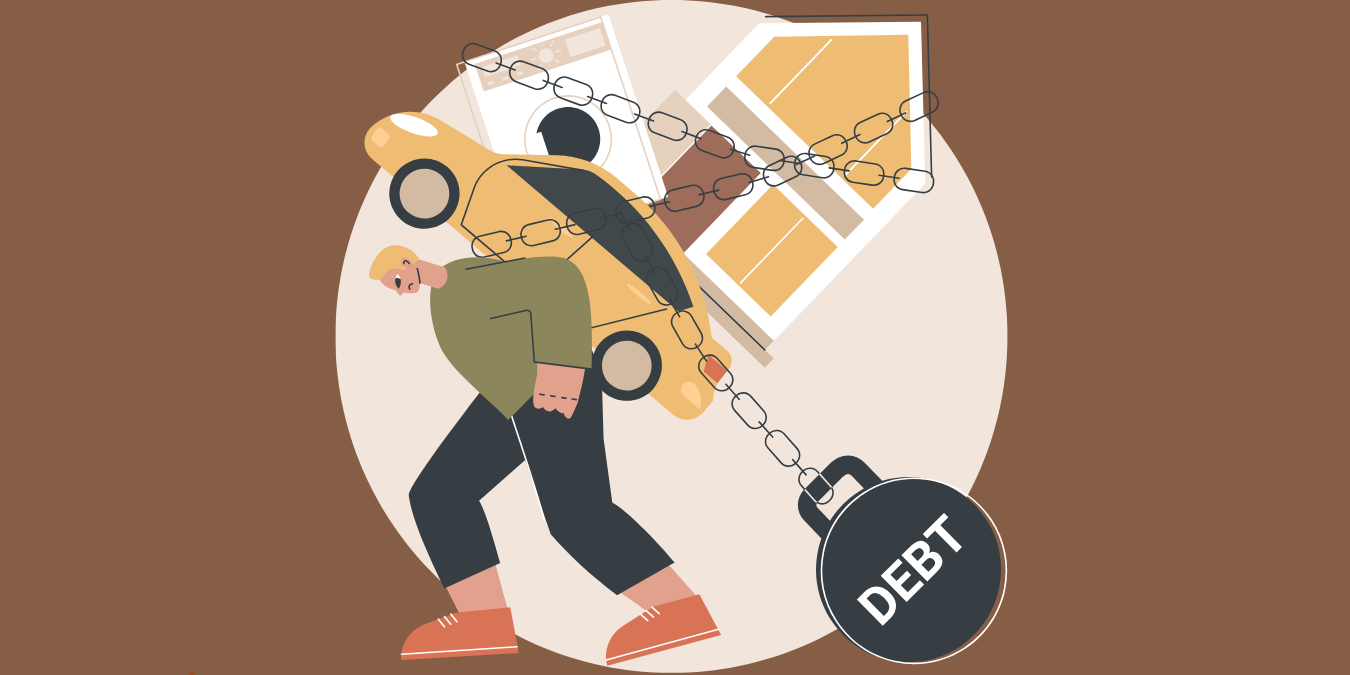
Why 65% of Indian Middle-Class Households Are Struggling With Bad Credit in 2025
Trapped in a middle-class debt spiral like thousands of Indian families in 2025? Discover the shocking reason why EMIs from home and car loans keep growing, silently crushing financial freedom. What banks don’t reveal about bad credit, rising interest rates, and quick loans will surprise you. Find out the hidden truth behind the viral debt crisis gripping India’s cities—and the powerful strategies you must know to finally break free. Can your family escape the cycle before it’s too late? Read on to uncover the secret.
India’s middle class, often hailed as the engine of the economy, is quietly slipping into a viral debt trap—an emotional and financial cycle that keeps millions locked in a relentless loop of EMIs, home loans, and car financings. What seems like a symbol of success—owning a house or a vehicle—may ironically be the very reason millions drown in stress, bad credit scores, and mounting liabilities. This harsh truth, often hidden beneath the glossy surface of urban India, is now spilling into the open.
As of October 2025, household debt has skyrocketed to 42% of GDP, the highest ever, with non-housing loans like personal EMIs and credit cards fueling the fire. This isn’t just numbers—it’s families fracturing, dreams deferred, and a hidden crisis spilling into the open. Buckle up; we’re diving deep into how this emotional and financial vortex is reshaping middle-class India.
The Middle-Class Dream Turned Nightmare
Every day in India’s growing cities—Delhi, Mumbai, Bangalore—the middle class is chasing dreams: a spacious home, a shiny car, a bright future for their children. Social media feeds flood with stories of luxury, success, and affordability. But behind this sparkling veneer lies an alarming reality—a cycle of debt that’s hard to escape once it begins.
But peel back the filter, and the reality bites. Take Rajesh, a 38-year-old IT manager from Noida (a composite of countless stories echoing in 2025 forums). He financed his Hyundai Creta in 2023, lured by 7% interest. Fast-forward to now: With job market jitters and rising fuel costs, his ₹25,000 monthly EMI devours 40% of his take-home. “I thought it was an investment in happiness,” he shared in a viral Reddit thread. Instead, it’s a millstone, forcing skipped family dinners and mounting credit card bills.
This isn’t isolated. As India’s urban middle class—those earning ₹5-30 lakhs annually—swells to over 100 million households, the dream sours fast. Stagnant salaries clash with inflating lifestyles, turning aspirations into anchors.
The Illusion of Affordable Loans
In India, loans are painted as the gateway to prosperity. The government’s low-interest schemes and bank promotions make borrowing seem like a wise shortcut. But the hidden cost of EMIs, especially for middle-class families burdened by multiple loans, can be devastating. According to October 2025 data, around 65% of middle-income households are servicing at least two or more loans, with a significant chunk struggling to keep up.
EMIs for homes, cars, and gadgets now claim 33% of incomes for tech-savvy millennials, per a PwC-Perfios survey. What starts as a “gateway to prosperity” spirals when multiple EMIs overlap—suddenly, your ₹80,000 salary shrinks to ₹40,000 after deductions.
Why Do Families Fall Into the Debt Trap?
It’s not recklessness—it’s a perfect storm of pressures. Let’s unpack the culprits keeping millions in this loop.
Social Pressure & Aspirational Living: In India, status is currency. Weddings aren’t ceremonies; they’re Instagram spectacles demanding ₹20 lakh budgets. A car isn’t transport; it’s a badge of arrival. Social media’s endless parade—#MiddleClassLuxury with 2 million posts in 2025—pushes families to borrow for “just this once.”
A Deccan Herald op-ed nailed it: Lifestyle inflation, egged by influencers, traps the middle class in “keeping up with the Joneses 2.0.” Result? Overborrowing for symbols that symbol nothing when the bank calls.
Lack of Financial Literacy: Schools teach algebra, not APRs. Many middle-class folks—engineers, doctors—excel at spreadsheets but fumble compound interest. A 2025 Marcellus report estimates 5-10% are in full debt traps, borrowing to repay borrowings due to zero budgeting basics.
Real talk: Without literacy, that “easy” personal loan at 12% balloons to 18% effective with fees. Families dive in blind, only surfacing when collectors knock.
Bad Credit & Easy Loan Dependence: CIBIL scores? Ignored until crisis. Quick approvals from apps like LazyPay or Paytm Postpaid hook users on “instant cash,” but defaults tank scores below 700, slamming doors on future loans.
In 2025, credit card delinquencies hit record highs, with 11% of small borrowers defaulting amid juggling three-plus loans. Dependence creeps in: Wedding expense? Swipe. Diwali gifts? EMI. It’s habitual, until it’s handcuffs.
The Unseen Emotional Toll
Debt isn't ink on statements—it's acid on the soul. A 2025 Stanford Econ Review piece spotlights how rising defaults breed a "deeper crisis" of mental health. Over 70% of indebted families report chronic anxiety, per inferred trends from PwC data, with EMIs triggering weekly dread.
Imagine Amit from Chennai: Post-layoff in Q2 2025 tech slump, his car EMI became a family fault line. "Arguments every payday," he confessed in a LinkedIn post that garnered 10K likes. Sleep evades, joy evaporates. This toll? It's the real bankruptcy.
The Health & Family Impact
Stress doesn't whisper—it screams through bodies and bonds. 2025 studies link debt cycles to insomnia, hypertension, even depression spikes among urban professionals. Families sacrifice: Kids' tuitions deferred, vacations vaporized, healthcare postponed.
The ripple? Marriages strain—divorce filings up 15% in metros, often citing "financial incompatibility," per a quiet NCRB update. Bankruptcy isn't just legal; it's emotional shrapnel, scattering futures.
The Shocking Truth About Bad Credit & Dependence
Bad credit is India's silent assassin. A score under 650? You're invisible to prime lenders, forced into shark-like rates of 25%+ from NBFCs. In October 2025, with repo rates steady at 5.50%, floating home loans still sting at 8.5-9%—but bad-credit borrowers pay double.
Shocking stat: 3.6% of loans overdue 90+ days in March 2025, with personal loans at 44% default risk for low-scorers. Dependence locks it in: One missed payment snowballs into rejected applications, higher fees, deeper holes.
How Dependence on Loans Ruins Lives
Vicious Cycle: Bad credit demands premium rates, so a ₹5 lakh loan costs ₹7 lakh repaid. Families borrow more to plug gaps—credit cards for groceries, personal loans for EMIs. It's a hamster wheel, accelerating with each spin.
Loss of Financial Independence: Freedom? Forget it. Job switch? Lenders scrutinize. Emergency? High-interest bridge loans. As Saurabh Mukherjea warned in March 2025, middle-class India is "borrowing to survive," eroding peace and choices.
Future Risks: Economic blips—like the 2025 global slowdown—amplify chaos. A SingleDebt report predicts 10% of wage-earners in traps, facing insolvency if layoffs hit. One downturn, and dreams dissolve.
The Role of Quick & Easy Loan Approvals
Banks and NBFCs continue to push easy credit, but without proper risk assessment, families often acquire debt they cannot handle, spiraling into a cycle of repayment failures and worsening credit scores.
Blame the enablers: Fintechs and banks peddle "frictionless credit" without deep checks. RBI's February 2025 guidelines aimed to tighten, but private lenders forecast small-loan defaults persisting till mid-year. Result? Families overextend, scores plummet, cycles deepen. Responsible lending? It's the missing guardrail.
The Future of India’s Middle-Class Debt Crisis
India’s urban middle class is expected to grow by 20% over the next five years, but so is the debt burden. As interest rates rise (October 2025 reports show a 2-year high), EMIs become more expensive, pushing families deeper into financial chaos.
By 2030, urban middle class grows 20%, but so does debt—projected to 50% GDP if unchecked. October 2025's steady rates mask pain: EMIs on floating loans rise subtly, squeezing budgets. Add AI job shifts, and it's a powder keg.
Trending Insights & Current Trends
2025's debt drama unfolds in real-time trends:
- The Rise of Buy Now, Pay Later Schemes: Unregulated BNPL hits $100B market, but late fees trap users—Gen Z adoption up 300%, per Motilal Oswal, shifting from convenience to chronic debt. Apps like Simpl promise "zero interest," but penalties sting.
- Increasing Default Rates Among Middle-Class Buyers: Credit card NPAs at 5%, personal loans higher—11% for small borrowers, Business Today reports. Metro defaults spike post-festive seasons.
- Shifting Focus of Banks Towards High-Risk, Higher-Yield Lending: NBFCs chase yields, approving riskier profiles, compounding stress as per Reuters. It's profitable for them, perilous for us.
These aren't hypotheticals— they're headlines from your feed, demanding attention.
How To Break Free From the Debt Cycle
Escape isn't magic; it's method. Smart families are rewriting rules—here's your playbook.
Key Practical Steps
- Prioritize Debt Repayment: Snowball high-interest EMIs first (credit cards at 36% APR? Attack them). Tools like Excel trackers keep you honest.
- Build an Emergency Fund: Stash 6 months' expenses in a liquid FD—current rates hit 7.1% for seniors at ICICI. Start small: ₹5,000/month.
- Improve Credit Scores: Pay on time, keep utilization under 30%. Free CIBIL apps monitor—bump from 650 to 750 in 6 months.
- Avoid Unnecessary Loans: Need vs. want audit: That iPhone EMI? Delay if score's shaky. Data scientist Monish Gosar calls it "ego check"—skip for SIPs instead.
- Seek Professional Advice: Free RBI-backed counselors or apps like ET Money craft plans. One session saved a Bengaluru duo ₹2 lakh in fees.
Discipline turns traps into triumphs.
The Role of Education & Policy
Governments must step up: NSE's financial literacy drives reach millions, but scale for 2025's 100M middle class. Mandate school modules on debt math.
Banks? RBI's 2025 recovery guidelines demand affordability checks—no more "approve and pray." Awareness campaigns on BNPL risks could avert traps. Collective push: Policy + education = empowered India.
- Governments should promote financial literacy campaigns.
- Banks & NBFCs must be more responsible in lending, emphasizing affordability.
- Increase awareness on the hidden costs and risks of dependence on loans.
The Emotional & Financial Recovery Path
Recovery's marathon, not sprint. Start with mindset: Journal wins, lean on spouse for accountability. Therapy apps like YourDOST tackle debt-induced blues—70% report relief post-sessions.
Financially? Track net worth monthly. Patience pays: One family in a 2025 Grip Invest case study cleared ₹10 lakh debt in 18 months, reclaiming vacations. Resilience rebuilds—stronger, wiser.
Key Takeaways
- Majority Trapped in EMIs: 65% of middle-class families juggle multiple loans, debt at 42% GDP—highest ever.
- Emotional Stress Hits Hard: 70% face anxiety, health woes, family strains from repayment pressure.
- Bad Credit's Vicious Cycle: Scores below 700 lock in high rates, defaults at 3.6% for overdue loans.
- 2025 Rates Worsen It: Steady 5.50% repo, but EMIs bite amid BNPL boom to $100B.
- Escape via Literacy & Smarts: Prioritize high-interest debts, build funds, demand responsible lending.
Final Thought: The Hidden Future of Middle-Class India
Imagine a future where middle-class families owe so much in EMIs that they can’t afford to dream anymore. The cycle of debt is not just a financial problem but a viral emotional barrier that weakens the very fabric of urban India’s middle class. Recognizing this harsh reality is the first step toward breaking free—before it’s too late.
This is the shocking truth that more families need to see clearly now—because the future belongs to those who break free today, not tomorrow. Will you join the movement to reclaim financial freedom? The choice is yours.
